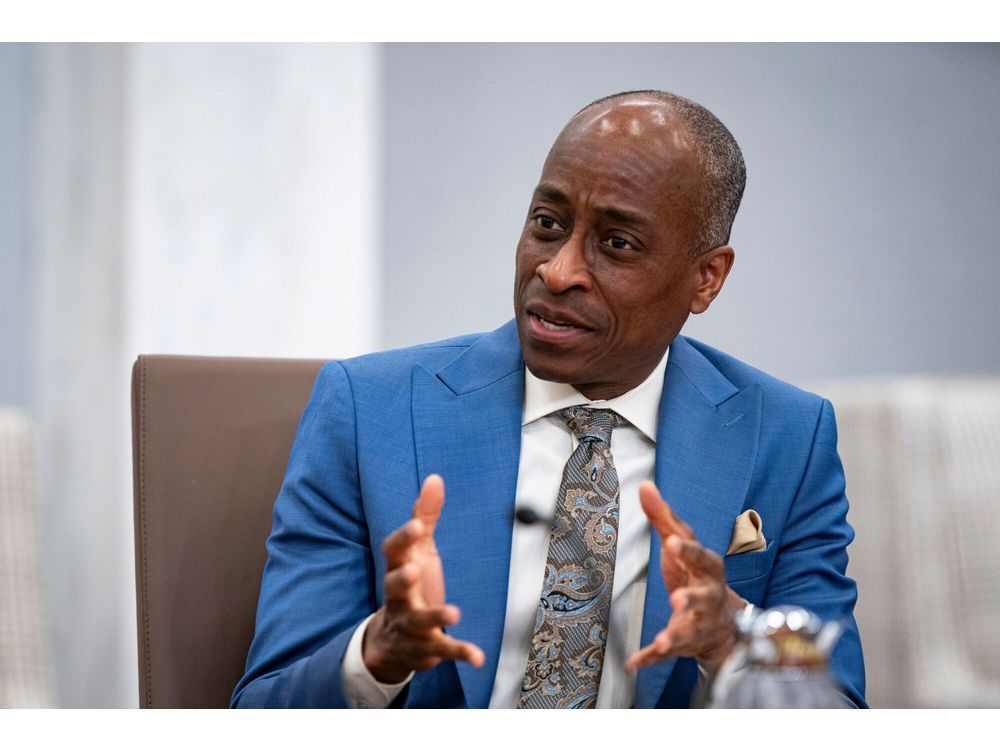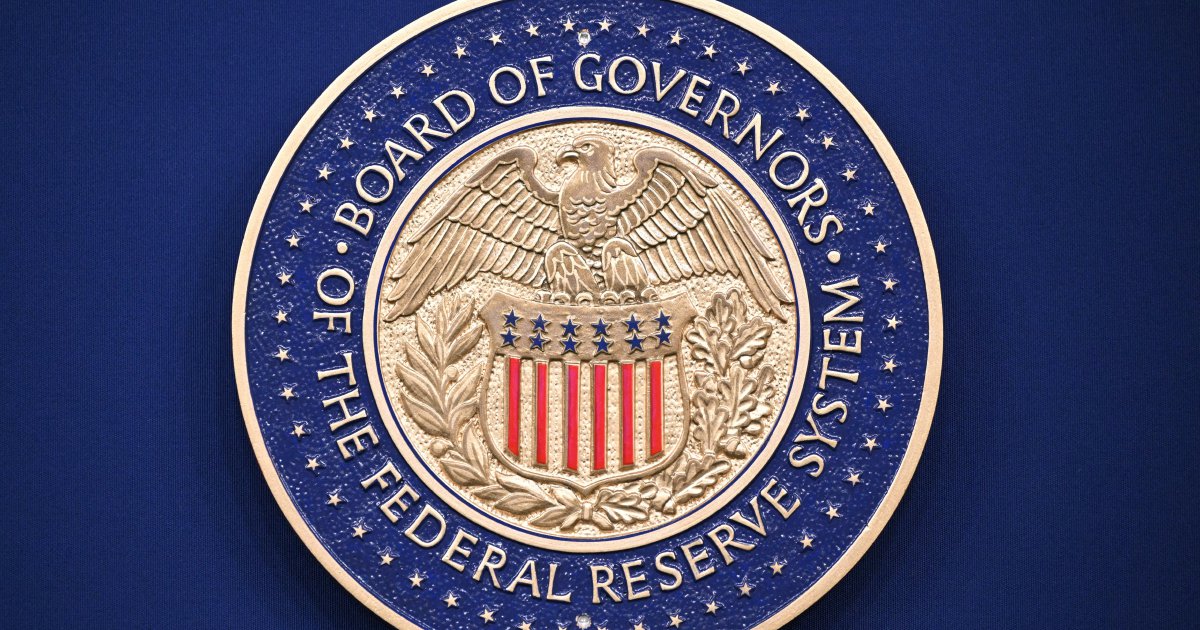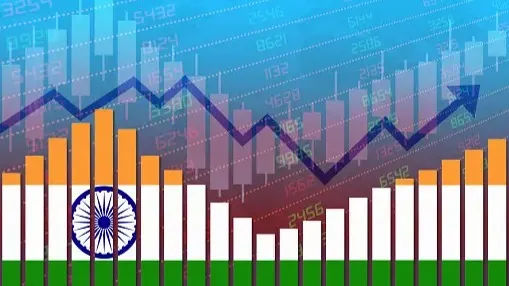






The US Federal Reserve has decided to keep the federal funds rate unchanged at 4.25-4.5% during its recent meeting, marking a significant moment in its monetary policy strategy [9cf6e8c8]. Federal Reserve Vice Chair Philip Jefferson emphasized the need for caution in adjusting interest rates, citing strong economic and labor market conditions. He indicated that a gradual reduction in monetary policy restraint is likely as the Fed aims for a neutral stance [78fdaa19]. This pause follows three consecutive rate cuts, reflecting a cautious approach as the Fed navigates the complexities of the current economic landscape [9cf6e8c8].
Jefferson's remarks were made on February 5, 2025, during an event at Lafayette College in Easton, Pennsylvania, where he expressed optimism about inflation cooling, supported by balanced supply and demand [78fdaa19]. Despite this growth, Fed Chair Jerome Powell acknowledged that while inflation has eased, it remains elevated, indicating ongoing challenges in managing price stability [9cf6e8c8]. Jefferson also highlighted that the U.S. job market shows fewer workers quitting their jobs, with 39.6 million jobs quit in 2024, down 11% from 2023, reflecting a tightening labor market [9cb16b0f].
In the context of global markets, the Fed's cautious stance comes as oil prices have surged by 6% over the past five days, driven by EU sanctions on Russia and Iran, alongside expectations of US Fed rate cuts [db628337]. This fluctuation in oil prices is a critical factor that the Reserve Bank of India (RBI) is monitoring closely as it assesses the impact on domestic inflation and growth [6a613632].
In the Indian stock market, shares of major companies have shown significant movement. Bharti Airtel's shares rose by 4.39% to ₹1,681.95, while Kotak Mahindra Bank's shares increased by 2.06% to ₹1,806.15 [db628337]. Hindustan Unilever and Ultratech Cement also saw gains, with their shares up by 1.92% to ₹2,389.45 and 1.87% to ₹12,092.90, respectively [db628337]. Conversely, Tata Steel shares fell by 1.26%, and Vedanta shares decreased by 0.44% [db628337]. Indian Oil Corporation shares rose by 1.91%, and Reliance Industries' shares increased by 0.75% to ₹1,273.35 [db628337].
The re-rating of Public Sector Undertakings (PSUs) in India reflects a broader narrative of economic transformation, with PSU stocks outperforming the market significantly [abaaa4ad]. This trend is indicative of the operational efficiency and strategic clarity being adopted by these entities, particularly in the banking and energy sectors [abaaa4ad]. As the global economy continues to evolve, the Indian corporate sector is expected to demonstrate resilience and adaptability, with key sectors poised for growth [24904a90].